Market Order vs Limit Order – Introduction:
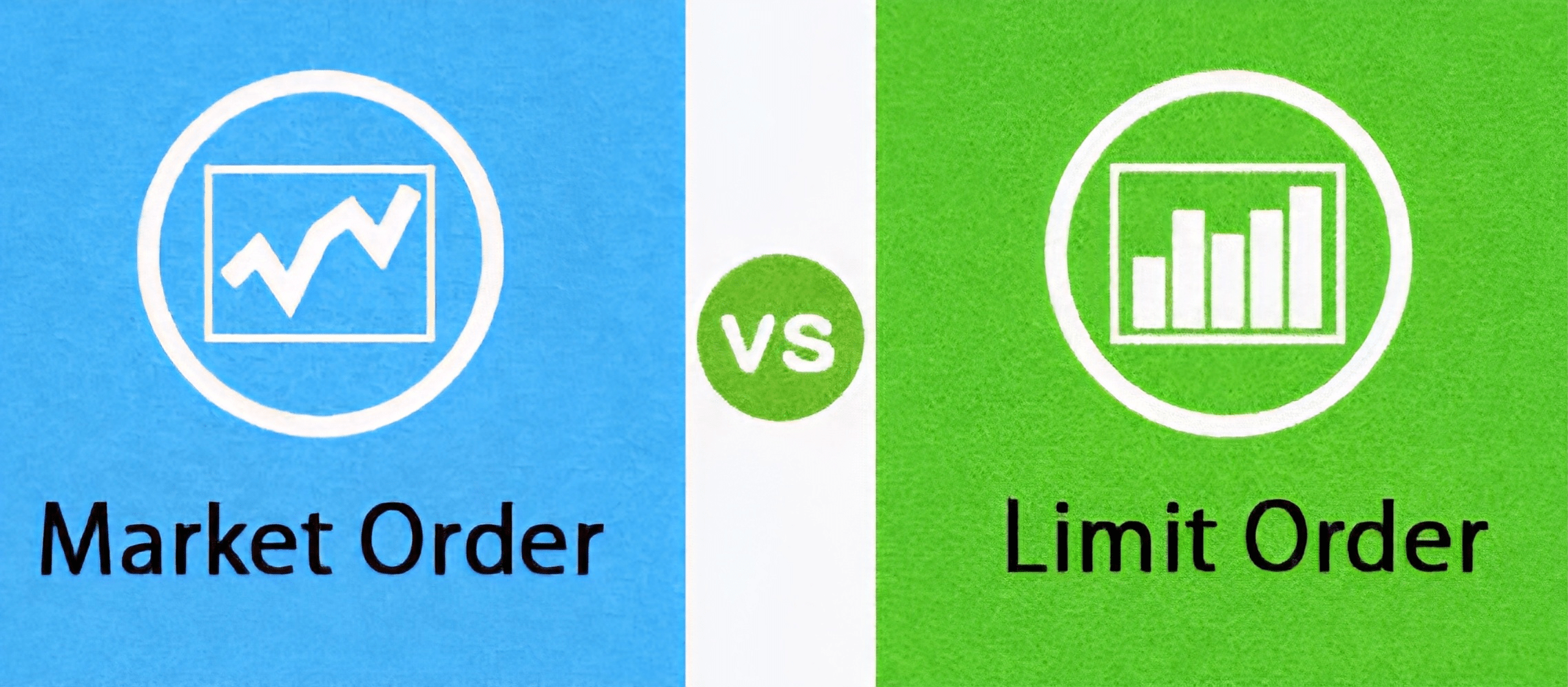
When trading in financial markets, understanding the different types of orders is crucial for making informed, strategic decisions.
These aren’t just tools — they’re weapons in every trader’s arsenal, determining how, when, and at what cost your position enters or exits the battlefield.
Out of the 4 Core Trading Order Types — Market, Limit, Stop, and Stop-Limit — Market and Limit Orders are the most fundamental and widely used by both beginners and professionals.
Each serves a unique purpose based on your goals, risk tolerance, and timing strategy.
In this lesson, we’ll decode the true nature of Market and Limit Orders, break down their differences, strengths, and weaknesses, and walk through real-world scenarios showing you exactly when to strike fast and when to hold the line.
Prepare yourself — because mastering this duo means mastering the rhythm of the market.
1️⃣ Market Order — Immediate Execution at Current Price
🟡 Introduction:-
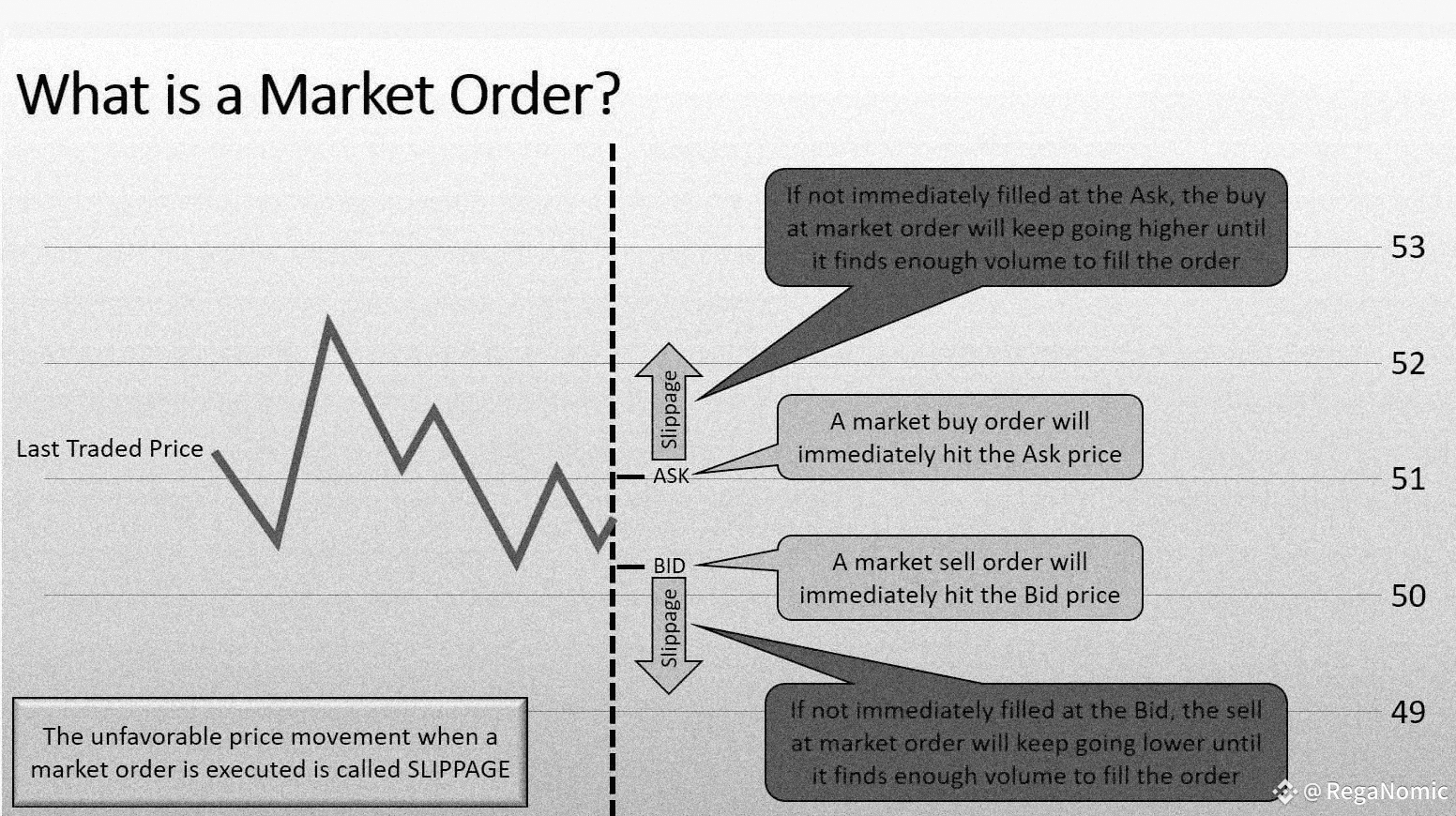
A Market Order executes instantly at the best available current price. It prioritizes speed and ensures your order is filled immediately.
🟡 How It Works:-
When you place a Market Order, the system matches it against existing orders on the order book, buying at the lowest ask (for buys) or selling at the highest bid (for sells).
🔵 Examples:-
🟢 Buy:
Placing a Market Buy Order on BTC will buy instantly at the lowest available selling price.
🔴 Sell:
Placing a Market Sell Order on ETH sells immediately at the highest available buying price.
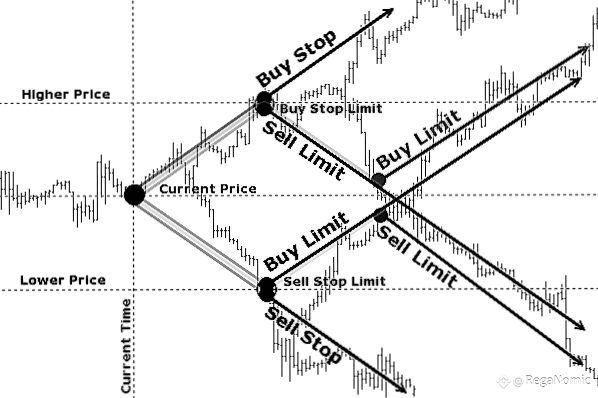
🟡 Use Cases:-
Urgent trades when execution speed matters more than price.
Exiting positions quickly during sudden market moves.
🟡 Limitations:-
No control over the exact price; may suffer slippage.
Can be costly in highly volatile or illiquid markets.
🟩 Benefits & Risks 🟥
🏆 Benefits:
Fast execution guarantees order fill.
⚠️ Risks:
Potential for paying more or receiving less than expected due to price swings.
2️⃣ Limit Order — Execute at Your Desired Price or Better
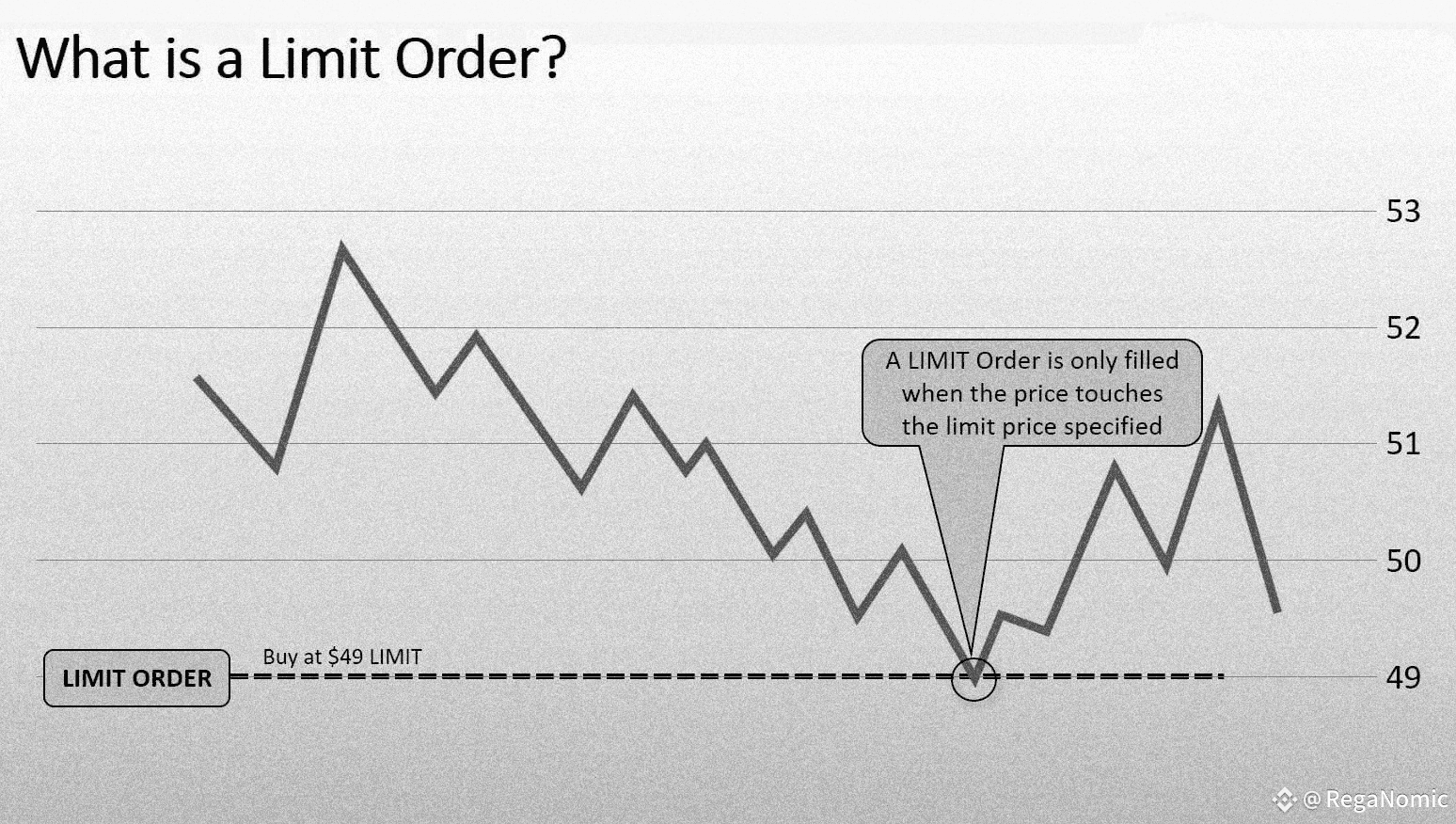
🟡 Introduction:-
A Limit Order lets you specify the exact price at which you want to buy or sell. The trade only executes if the market reaches that price or better.
🟡 How It Works:-
You set a price limit. Your order sits on the order book until the market price matches your limit or moves beyond it, triggering execution.
🔵 Examples:-
🟢 Buy:
Set a Limit Buy Order for BTC at $30,000. The order fills only if BTC’s price drops to $30,000 or below.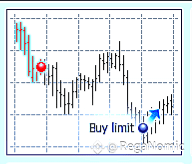
🔴 Sell:
Place a Limit Sell Order for ETH at $2,000. It executes only if ETH reaches $2,000 or higher.
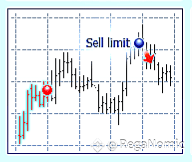
🟡 Use Cases:-
Buying below current market price or selling above it for better profits.
Avoiding slippage and controlling trade price.
🟡 Limitations:-
Execution not guaranteed if market price never reaches your limit.
May miss trading opportunities if set too far from current price.
🟩 Benefits & Risks 🟥
🏆 Benefits:
Price control, avoid unfavorable fills.
⚠️ Risks:
Risk of non-execution if price doesn’t hit your limit
3️⃣ Stop Order — Trigger a Market Order When Price Hits Stop Level
🟡 Introduction:-
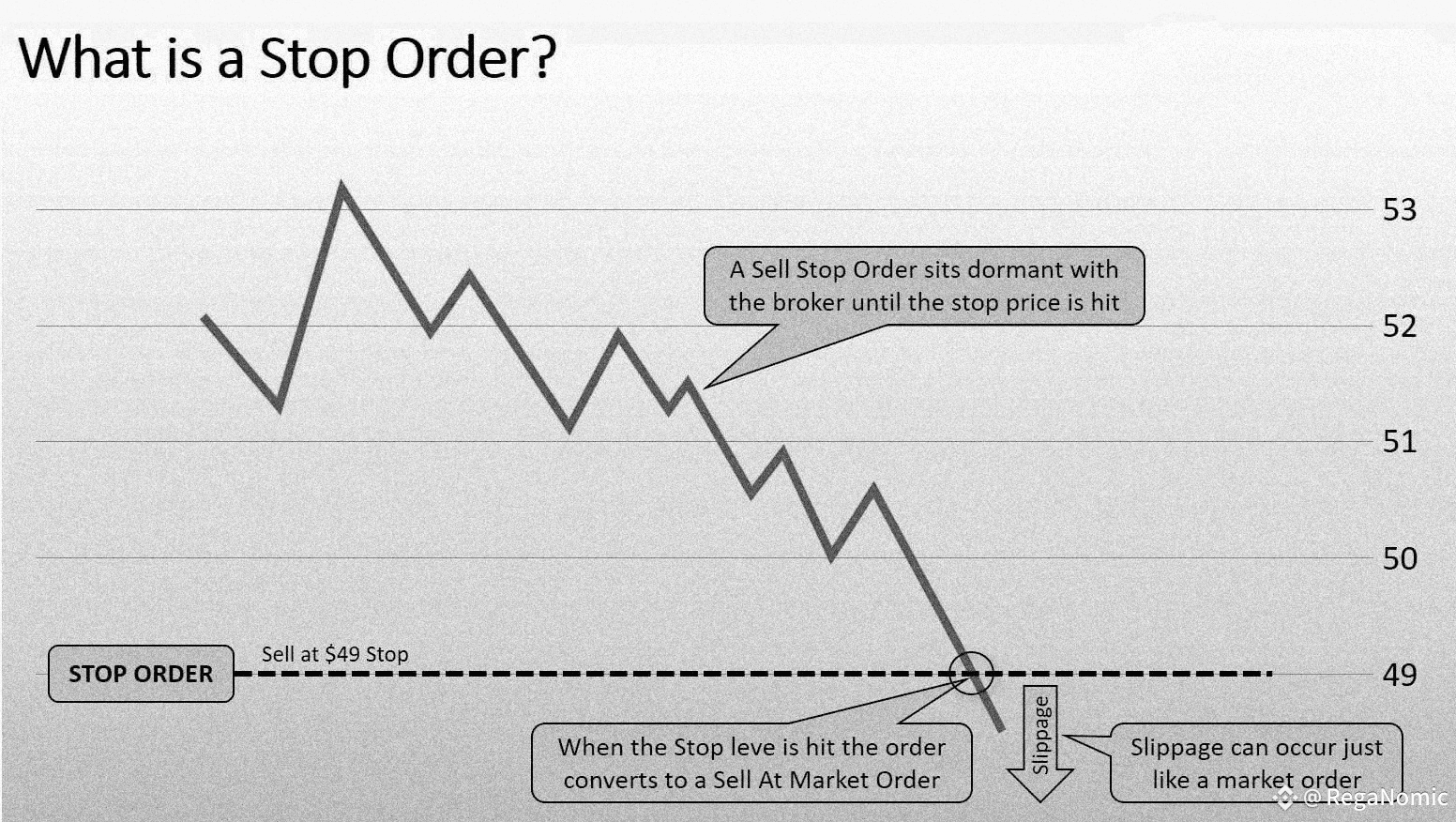
A Stop Order converts into a Market Order once the price reaches a predetermined stop price. It helps automate entry or exit when a price level is crossed.
🟡 How It Works:-
Set a stop price. When the market hits or crosses it, your Stop Order triggers a Market Order to buy or sell instantly at the current market price.
🔵 Examples:-
🟢 Buy:
Set a Stop Buy Order for BTC at $40,000 to enter a position if BTC price rises above $40,000.
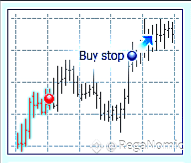
🔴 Sell:
Place a Stop Sell Order at $25,000 on BTC to limit losses if BTC price falls below $25,000.
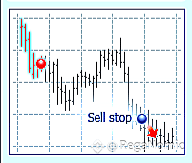
🟡 Use Cases:-
Entering breakout trades after price surpasses a level.
Protecting profits or limiting losses with automatic market exits.
🟡 Limitations:-
Execution price can vary due to market volatility once triggered.
May suffer slippage as it turns into a Market Order.
🟩 Benefits & Risks 🟥
🏆 Benefits:
Automates trade execution at key price points.
⚠️ Risks:
No price guarantee after trigger; slippage risk.
4️⃣ Stop Limit Order — Trigger a Limit Order When Price Hits Stop Level
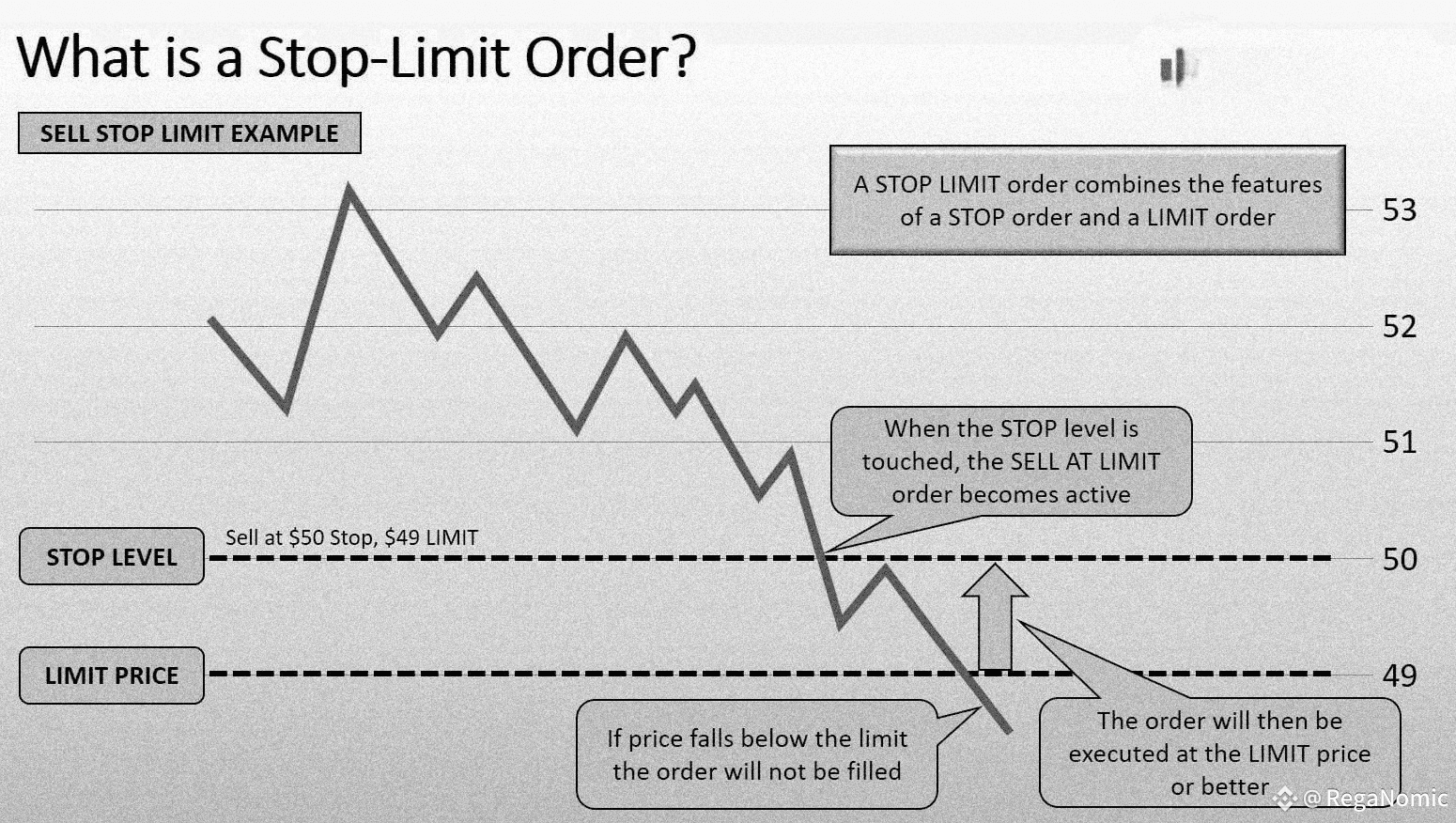
🟡 Introduction:-
A Stop Limit Order activates a Limit Order when the stop price is hit, giving price control after the trigger instead of market price execution.
🟡 How It Works:-
Set a stop price and a limit price. When the stop price is reached, a Limit Order is placed at the limit price. The order only executes if the market reaches the limit price.
🔵 Examples:-
🟢 Buy:
Set Stop Price at $40,000 and Limit Price at $40,100 for BTC. When price hits $40,000, a Limit Buy Order at $40,100 is placed.
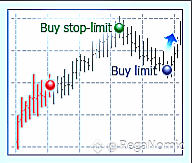
🔴 Sell:
Set Stop Price at $25,000 and Limit Price at $24,900 for BTC. Once $25,000 is hit, a Limit Sell Order at $24,900 is placed.
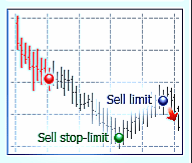
🟡 Use Cases:-
Gaining control over execution price after stop trigger.
Avoiding slippage on volatile stop triggers.
🟡 Limitations:-
Order may not fill if price never reaches the limit after stop is triggered.
More complex to manage than simple Stop or Limit orders.
🟩 Benefits & Risks 🟥
🏆 Benefit:
Combines automation with price control.
⚠️ Risks:
Risk of non-execution; complexity in setting correct stop and limit levels.
5️⃣ Trading Order Types – Quick Command Style
🖇️ Market Order:-
Trigger: None (Executes instantly)
Executes at: Market price
Price Control: ❌ No
Best For: Fast execution when price isn’t a priority
🖇️ Limit Order:-
Trigger: Only when market hits your target price
Executes at: Your set limit price
Price Control: ✅ Yes
Best For: Buying low / selling high with price precision
3️⃣ 🖇️Stop Order:-
Trigger: Activates when stop price is hit
Executes at: Market price
Price Control: ❌ No
Best For: Stop-losses or entering trades on breakouts
🖇️ Stop-Limit Order:-
Trigger: Activates at stop price
Executes at: Limit price (you specify)
Price Control: ✅ Conditional
Best For: Controlling risk without accepting worse price
Final Words🧠
In trading, every click is a choice — speed or precision, risk or control.Market and Limit Orders aren’t just features.they define your style, discipline, and edge.
Master them, and you're not just trading —You're commanding the market with intention.
#CommandTheTrade #MasterYourExecution #TradeWithPrecision #SpeedVsControl #KnowYourOrders


